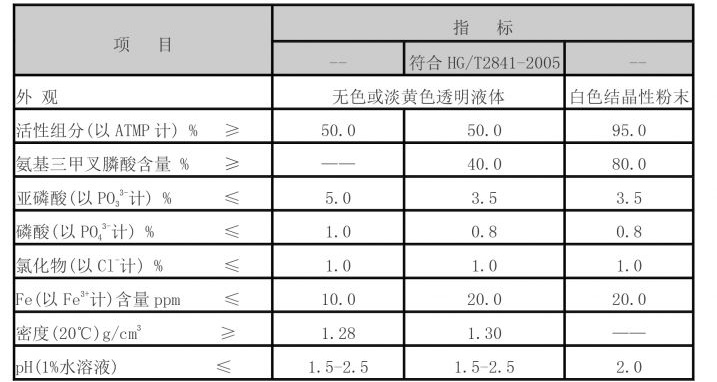polycarboxylic
Polycarboxylic Compounds An Overview
Polycarboxylic compounds are an intriguing class of organic molecules characterized by the presence of multiple carboxylic acid functional groups (-COOH) within their structure. These compounds have gained significant attention in various fields, including chemistry, materials science, and biochemistry, due to their unique properties and versatile applications.
The term polycarboxylic refers specifically to organic acids that have two or more carboxylic groups. The presence of multiple carboxyl groups allows these compounds to exhibit interesting behavior, particularly in terms of acidity, solubility, and reactivity. Common examples of polycarboxylic acids include citric acid, malic acid, and oxalic acid. Each of these acids plays a crucial role in numerous biological and chemical processes.
One of the most notable applications of polycarboxylic compounds is in the food and beverage industry. For instance, citric acid, a tricarboxylic acid found naturally in citrus fruits, is widely used as a natural preservative, flavoring agent, and pH stabilizer. Its ability to chelate metals makes it an effective additive in various food products, enhancing flavor while preventing spoilage. Additionally, citric acid is crucial in metabolic pathways, acting as an intermediate in the citric acid cycle (Krebs cycle), which is fundamental for cellular respiration.
Polycarboxylic acids also have significant implications in the production of polymers. For example, acrylic acid and methacrylic acid, both of which contain a carboxylic acid group, are key monomers in the synthesis of superabsorbent polymers used in products such as diapers and agricultural applications. These materials are capable of absorbing and retaining large amounts of liquid, making them invaluable in modern product design.
In the realm of materials science, polycarboxylic acids serve as important components in the preparation of paints, coatings, and adhesives. Their ability to form strong hydrogen bonds due to the presence of multiple carboxyl groups allows for the development of durable and robust materials. Furthermore, polyacrylic acid, derived from acrylic acid, is widely used in applications ranging from drug delivery systems to water treatment, owing to its excellent water absorption properties.
polycarboxylic

The environmental aspects of polycarboxylic compounds cannot be overlooked. For instance, polycarboxylates are used as green dispersants in various applications, including detergents and cement production. These compounds help improve the dispersibility of solid materials, promoting better efficiency and reducing environmental impact.
In biochemistry, polycarboxylic acids play essential roles in metabolic pathways and cellular processes. Their presence in key intermediates helps facilitate the processing and transportation of energy within cells. Moreover, the ability of polycarboxylic acids to form chelates with metal ions is critical in various biological systems, acting as cofactors in enzymatic reactions or serving to regulate metal ion concentrations in biological fluids.
While the benefits of polycarboxylic compounds are manifold, it is also crucial to consider their potential drawbacks. Some polycarboxylic acids can be corrosive and must be handled with care in industrial settings. Thus, understanding the safety protocols associated with their use is vital to mitigate risks.
The future of polycarboxylic compounds in research and industry appears promising. Ongoing studies aim to explore new synthetic routes to produce polycarboxylic acids, enhancing their efficiency and sustainability. Furthermore, the potential for novel applications, particularly in biodegradable materials and pharmaceuticals, will continue to be a focal point for future innovations.
In summary, polycarboxylic compounds represent a fascinating area of study with significant implications across various disciplines. Their multifaceted nature, coupled with a range of applications, highlights their importance in both industrial and biological contexts. As research continues, we are likely to uncover more of their potential, paving the way for new technologies and sustainable solutions that harness the unique properties of these valuable compounds.
-
2 Phosphonobutane 1,2,4 Tricarboxylic Acid (PBTCA): Superior Scale & Corrosion InhibitorNewsAug.31,2025
-
Dodecyldimethylbenzylammonium Chloride: High-Purity DisinfectantNewsAug.30,2025
-
2-Phosphonobutane-1,2,4-Tricarboxylic Acid: Scale & CorrosionNewsAug.29,2025
-
Premium Isothiazolinones | Broad-Spectrum Biocidal SolutionsNewsAug.28,2025
-
LK-319 Special Scale And Corrosion Inhibitor For Steel Plants: Advanced Solutions for Industrial Water SystemsNewsAug.22,2025
-
Flocculant Water Treatment: Essential Chemical Solutions for Purification ProcessesNewsAug.22,2025





